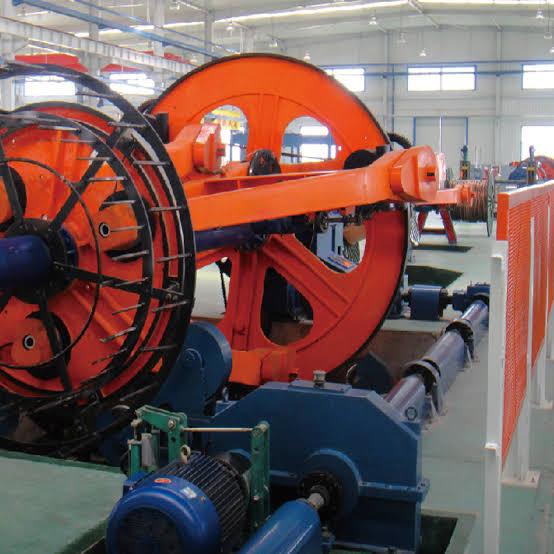Cable laying machinery is a critical component in the installation of subsea or underground cables, commonly used for telecommunications, electrical power distribution, and other utilities. These machines are designed to efficiently deploy large amounts of cable with precision, ensuring safe and reliable installations, whether in marine environments or across land-based projects.
In marine applications, cable laying machinery is typically mounted on specialized vessels designed for offshore cable installations. The machinery includes equipment such as cable drums, laying systems, and dynamic positioning systems, which work together to ensure smooth and accurate cable deployment along the sea floor. These systems are built to withstand challenging ocean conditions, ensuring that cables are securely placed in the desired locations without damage.
The cable laying process involves the continuous feeding of cables from storage drums, utilizing tensioning devices to prevent damage and excessive strain during deployment. Advanced systems ensure that cables are laid at specific depths and angles to protect them from environmental factors such as ocean currents, tidal movements, and underwater terrain. The machinery is capable of handling various cable sizes, from high-voltage power cables to fiber-optic cables, with precision and control.
For land-based projects, cable laying machinery includes trenchers, plows, and cable reels that assist with the digging and laying of cables in trenches. These machines ensure that the cables are installed quickly and efficiently, minimizing disruption and ensuring long-term stability.
Cable laying machinery is designed for high efficiency, safety, and reliability, ensuring the smooth deployment of cables in some of the most difficult and sensitive environments. With advanced control systems and robust construction, these machines provide the essential tools needed to complete large-scale cable installation projects.
